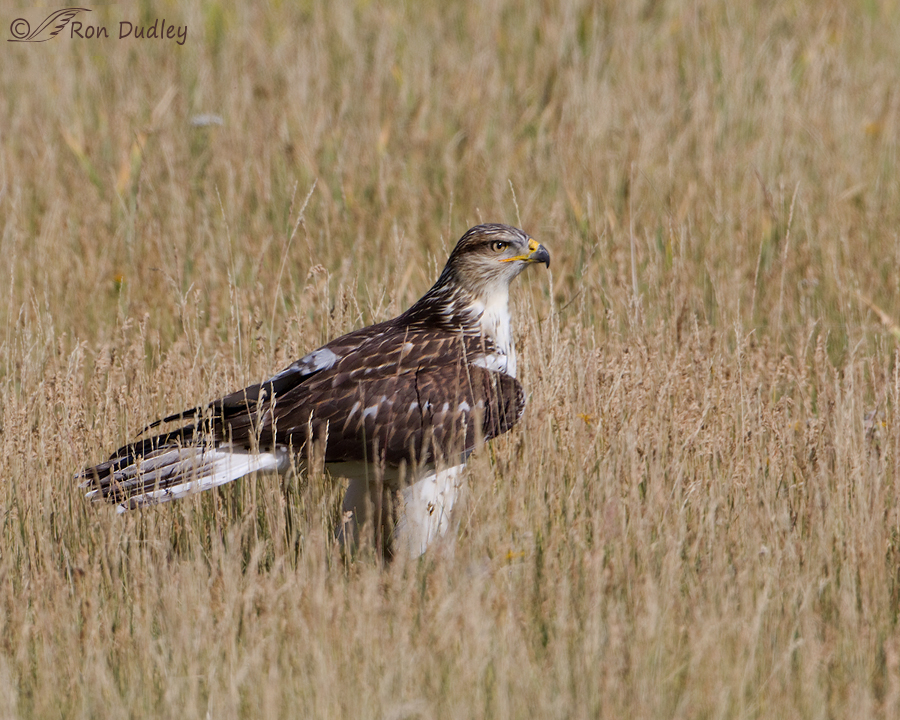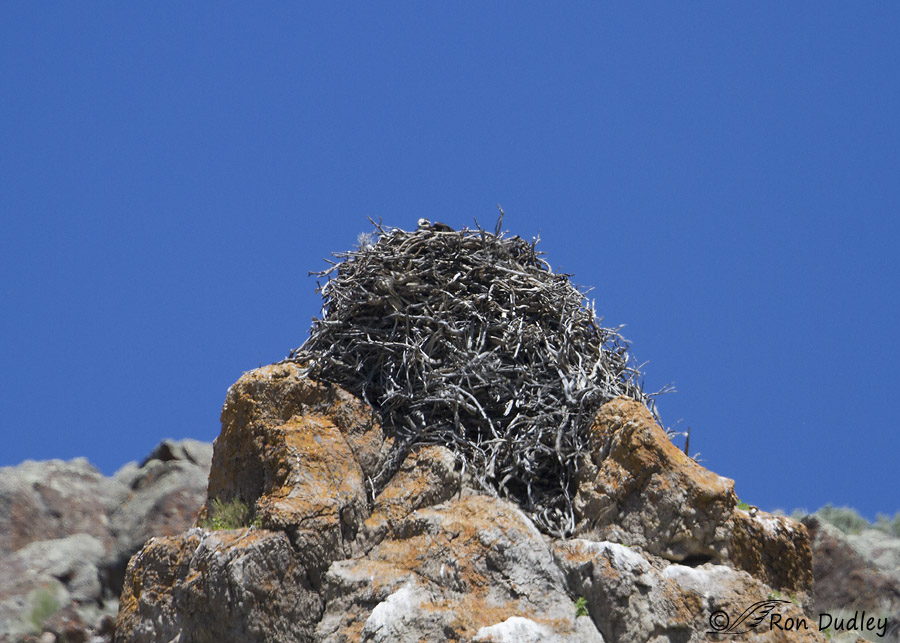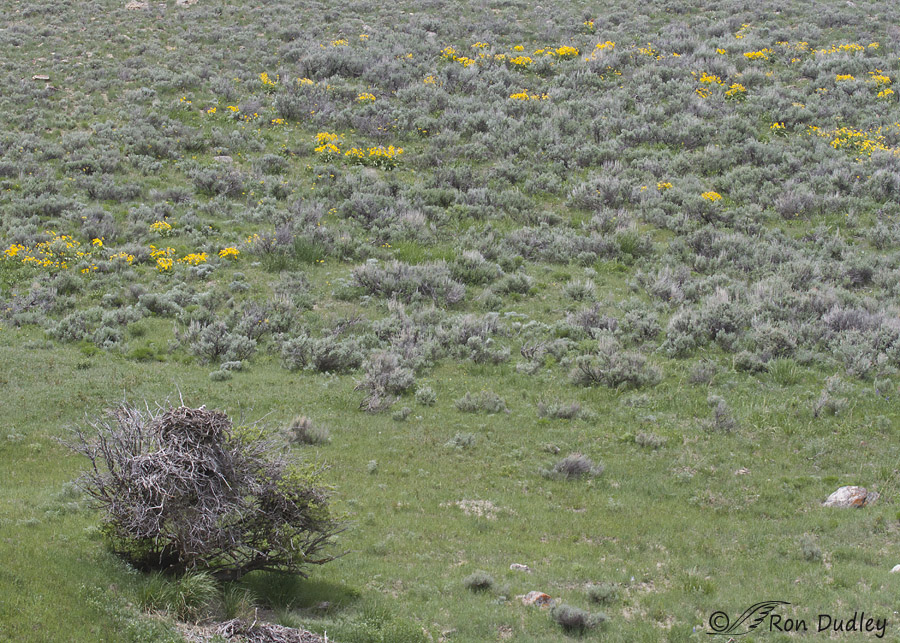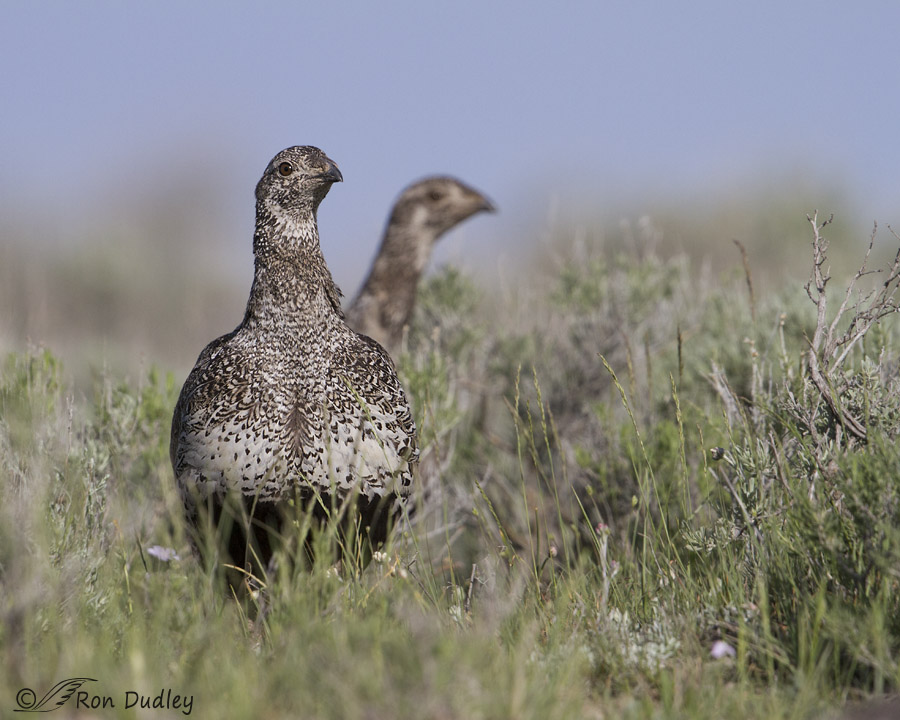Managing species in distress can be a complex and potentially contradictory endeavor.
Yesterday morning I attended an event hosted by Hawkwatch International (HWI) designed to promote their SOAR (Saving Our American Raptors) campaign and I learned some things about raptors and the challenges involved with promoting their healthy populations – among them the fact that choosing strategies that benefit a species in trouble may have negative implications for other threatened species.

1/3200, f/7.1, ISO 400, Canon 7D, Canon EF500mm f/4L IS USM, not baited, set up or called in
Ferruginous Hawk populations are in serious decline so this spectacular hawk is high on HWI’s list of species needing help. Historically Ferruginous Hawks were ground-nesters rather than tree-nesters, usually choosing high points on the ground, presumably to avoid trampling by large mammals like bison.

1/2000, f/6.3, ISO 400, Canon 7D, Canon EF500mm f/4L IS II USM +1.4 tc, not baited, set up or called in
This is a Ferruginous Hawk nest on just such a high point – a group of rocks jutting up from the ground near Montana’s Centennial Valley. But these ground nests are atypical these days because Ferruginous Hawks, in reaction to the settlement of the west and its attendant development, agricultural and recreational practices, have adapted to nesting in low trees and small shrubs in most of their nesting habitat.

1/800, f/11, ISO 640, Canon 7D, Canon EF100-400mm f/4.5-5.6L IS USM @ 100mm, not baited, set up or called in
At lower left you see a Ferruginous Hawk nest that is now more typically located in a small tree/large bush, also in the Centennial Valley (if you look carefully you can see a single small chick in the nest). Most of the Ferrug nests I see are in such locations. At slightly lower elevations many Ferrug nests are located in the juniper/pinyon forests so common in the American West, including Utah. Junipers have greatly expanded their range in response to overgrazing, fire suppression and climate change and they have invaded and displaced the original, natural sagebrush/grass communities in many areas.
But in the 1950’s through the 70’s millions of acres of junipers were “chained” in the west in a misguided effort (the practice had devastating effects on native plant species in the understory) to restore natural habitats.
And now things really get complicated as you try to maintain nesting habitat for Ferruginous Hawks and at the same time avoid negative consequences for other threatened species.

1/3200, f/7.1, ISO 500, Canon 7D, Canon EF500mm f/4L IS II USM +1.4 tc, not baited, set up or called in
The Greater Sage Grouse is so seriously threatened that it’s a candidate for listing under the Endangered Species act. The species is totally dependent on sagebrush communities and the primary reason for its decline is habitat destruction so efforts to bring it back from the brink include restoration of sagebrush/grass communities at the expense of the junipers used by nesting Ferruginous Hawks.
The dichotomy is obvious. How do conservation organizations increase sagebrush/grass communities for Sage Grouse without seriously reducing nesting habitat for Ferruginous Hawks? Without the alteration of the original nesting habits of the hawks (caused by man) it wouldn’t be a problem.
But it is a problem and it isn’t an easy one to deal with.
Ron


I was recently introduced to your blog and have enjoyed your posts and photos. I have volunteered with a wildlife rehabilitation center for 10 years. The majority of the animals we received are injured or orphaned due to mankind. As I worked to rehabilitate animals I started to feel helpless. I could heal the animal but it’s environment I would return it to was disappearing. Compassion fatigue is very common in wildlife rehabilitation, and I found myself suffering from its symptoms. I used to attend similar lectures but found the overwhelming message doom and gloom. I am very aware of the “big Picture” as are the majority of those attending. I wish there were more talk of solutions at these, we need to educate other humans of the fragile interconnections in nature but we need to educate about solutions too before it is too late.
I agree, April. We need to do what we can do (quickly) but it’s challenging to not be discouraged when practical solutions are becoming increasingly difficult to find and implement. However the good fight must be fought. With vigor…
Nice photos; informative text. That’s why I keep coming back to your blog!
It’s nice having you here, Dave. Thank you.
Man, this whole scenario gets under my skin! Please don’t get me started about man’s stupidity, inattention to biology, science, climate, etc., etc. In my mind solutions were (were) simple, but now, man has made them difficult because of self interest, politics, and inattention to the natural world and animal behavior.
One of the reasons I used to like fly fishing in a quiet place listening to the running water, the birds and other noises of the forest or woods, the calm. However, in some places it is almost like hearing the surrounding landscape crying for help.
Sorry, I can get very caught up in this!
Wonderful shots, many thanks.
I fully agree with you, Dick. Thank you.
Here in the Mid-Columbia we have the Hanford Reserve (Columbia River flows at the edge) which is all natural habitat; also a protected juniper forest and the Snake River too. Species protection has also been discussed here. People are waking up!!!!
“People are waking up!!!!”
I sure hope so, Karen. And if so I hope it’s in time to make a significant, positive difference.
So much for man having absolutely no effect on the world around him! (As in climate change deniers.) It would be a shame to lose either of these species. Hopefully someone will figure out a way to help both. This probably is a stupid question, but what is chaining?
“what is chaining”
Susan, “Chaining” is the process of pulling absolutely huge metal chains (each link in the chain can weigh up to 86 lbs) between two tractors and ripping up the vegetation by the roots. It’s particularly effective on junipers and pinyon pines.
Thanks, Ron. I can understand that there might be reason for doing it is small areas, but doing in huge areas seems to show a lack of understanding of the effects on the environment and the animals that live there.
Hi Ron,
I am a retired systems engineer, and I taught it during the latter part of my career. For years, I used the following quotation from one of our first “systems engineers”:
“When one tugs at a single thing in nature, he finds it attached to the rest of the world.”
― John Muir
Muir wrote those words over a century ago…
Cheers,
Dick
Muir is one of my heroes, Dick and I’m pretty picky about who’s on that list. That’s an absolutely wonderful quote!
Thanks for the great info. Just reaffirms that we shouldn’t be messing with nature. Whenever we add, subtract, or modify what is naturally occuring it inevitably screws something up somewhere! IMHO that is one of the reasons why wilderness areas are so important being the few areas we don’t mess with. If nothing else, in the future when we have screwed everything else up, we can look to those areas and see what it used to be like.
“that is one of the reasons why wilderness areas are so important”
Agreed, Larry. Isn’t it ironic and sad that Utah politicians want to “confiscate” federal lands so they can do with them what they please?
BTW, it was nice meeting you out on the island the other day.
They are still chaining acres and acres of pinion/juniper in and around Wayne county. I have only seen an occasional ferruginous hawk. Up on Parker mountain, I have seen many sage grouse as it seems to be a protected area for them in spots. There are a lot of introduced antelope and many many cows. I wish they would get the cows out. It is always about the cows, a non native species which doesn’t belong up there, or anywhere in the desert. I would like Parker mt to be turned into a wildlife refuge with no cows allowed!
“They are still chaining acres and acres of pinion/juniper in and around Wayne county”
Interesting, Tana. I thought the practice had largely been discontinued on public lands.
And I couldn’t agree more with you about the cows. Too damned many of them, in too many places where they shouldn’t be and the ranchers aren’t paying anywhere near fair market value for their grazing rights on public lands.
Easy fix…too many humans…get rid of a few, limit their production, let juniper, sagebrush and prairie grasses grow….
“Easy fix…too many humans…get rid of a few”
Patty, IMO that is likely to happen in the not too distant future whether we like it or not. We’ve sure screwed things up, haven’t we?
Once again we either lose a species or more because we didn’t look at the big picture. 🙁 I wonder if we can fix this. I hope so.
“I wonder if we can fix this”
I don’t know, Arwen. It’s so darned complicated. In addition to the issues I’ve mentioned there’s the fury of resistance to the potential listing of the Greater Sage Grouse from ranchers and western politicians. I get so discouraged sometimes…
I hear you, Ron. I feel like those who speak for the bearly list are drowned out by money.
Nearly. Not bearly. Lol it would be barely anyway. My autocorrect needs to go back to school!